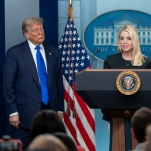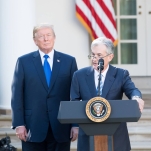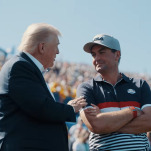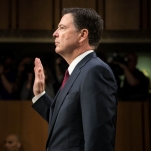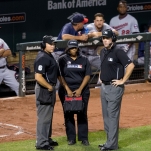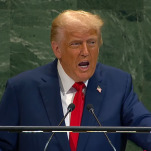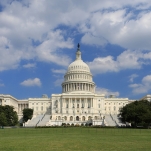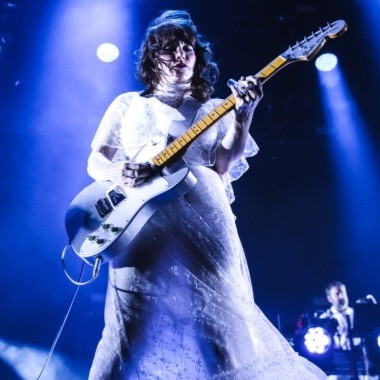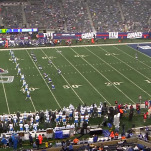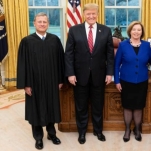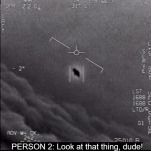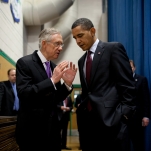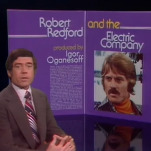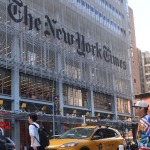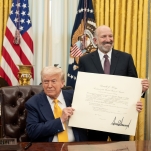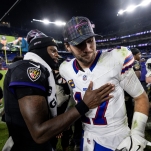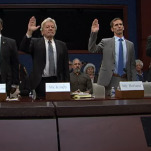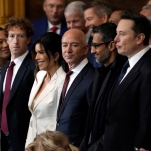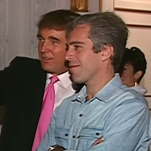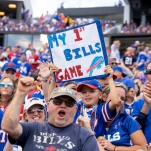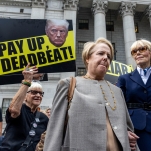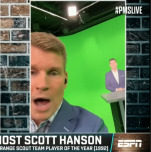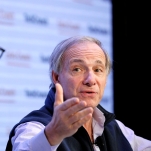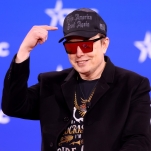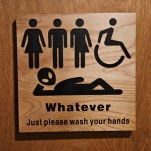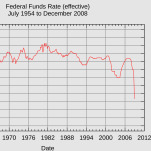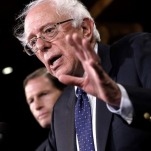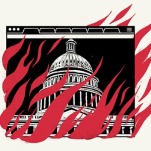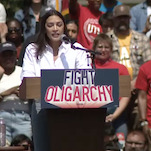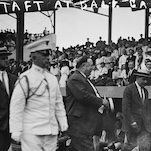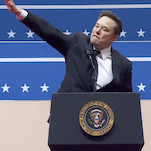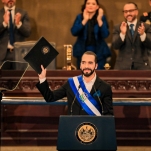Is the NBA Still A League Defined By Dynasties?
Photo by Matthew Stockman/Getty Images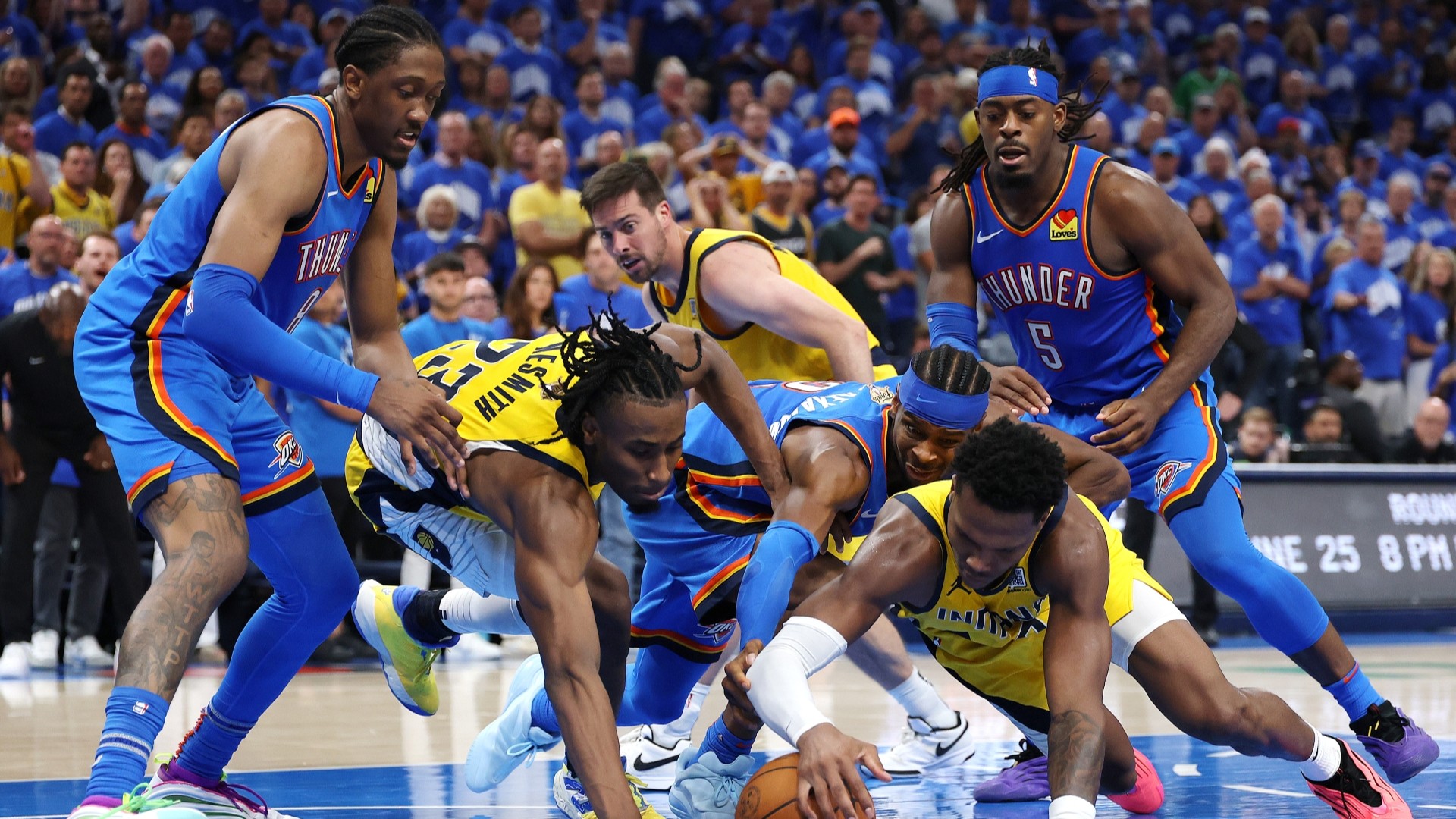
The Oklahoma City Thunder won a dramatic NBA Finals marred by Indiana Pacers star Tyrese Haliburton’s first quarter Achilles tear in Game 7, but no one would say they were an undeserving first-time champion. The young Thunder just completed one of the great regular seasons in NBA history while Shai Gilgeous-Alexander won both regular season and Finals MVP, firmly planting what many in sports are calling a budding “big three” dynasty atop the NBA power hierarchy.
But speaking as a fan of the second to last team the NBA world called a budding dynasty who also spent a decade living in the last city to be declared a budding dynasty, I can attest that the future does not always unfold like we think it will. That the NBA commentariat has jumped to that conclusion so quickly with the Denver Nuggets, Boston Celtics and now Oklahoma City Thunder to varying degrees proves how the last three NBA Champions have broken the brains of the Bill Simmons’ and Stephen A. Smith’s of the world still arguing about Steph Curry and LeBron James’ legacies every day.
Basketball is a sport for dynasties more than any other, and LeBron James’ televised Decision put this “big three” mindset into overdrive this century. Of all the unreasonable assumptions made by the NBA commentariat, that the NBA must be dominated by a preeminent dynastic force of a few superstars is one of the most reasonable ones. It’s in the league’s DNA going back to its nascent days when the Lakers resided in a city its mascot actually resembled and George Mikan enabled Los Angeles to fraudulently claim five championships for itself. Up until the last few seasons, you would have been crazy to doubt how central big three-style dynasties are to the NBA.
Even before the NBA commentariat finally admitted that Nikola Jokic is the best player since peak LeBron James, it was handing the post-Steph and LeBron era to Jayson Tatum and the youthful Boston Celtics after their NBA Finals run came up short to the Golden State Warriors putting a capstone on their dynasty. When the Celtics were upset by the eight-seed Miami Heat for the honor of being upstaged by Jokic’s coming out party the following season, many wondered whether the Celtics and future NBA Finals MVP Jaylen Brown truly had that dawg in them, among other sports shock jock aphorisms repeated ad nauseum about teams who lose until they don’t. As Nikola Jokic said after he won the NBA Finals, he felt like the Nuggets had to lose those painful games early in his career in order to learn how to win, and he’s not the first to say so. There’s a reason that Michael Jordan holds those 1980s Detroit Pistons teams in such high regard. Dynasties don’t just happen overnight like the NBA commentariat has tried to speak into being the last three years.
When the Celtics unleashed a barrage of math that ruined the sport and won them a championship the following season, the pundits declared that we still were in an era defined by dynasties and the Nuggets were an outlier who got lucky in avoiding two years of Celtics dominance. There are no doubt many WEEI callers who will maintain that stance forever as Tatum’s Achilles injury provides them with genuine grievances, but the Celtics and Nuggets are cautionary tales to the Thunder of how quickly things can change. Boston is already trading key players like Jrue Holiday who helped them become the league’s most unique threat in an effort to retool around a new reality with an injured Tatum, while the Nuggets loom as perhaps this off-season’s biggest wild card after firing everyone in management as the league knows that something needs to change to get Jokic more help, but no one knows what, especially when Denver built a team for a big three world that is now punished by the NBA’s second-apron tax.
So what is the NBA now? Is it still a league where dynasties rule the land? Were the Nuggets and Celtics just interregnums before the Thunder inevitably pick up where LeBron and Steph left off, or is one of Denver or Boston this era’s One True King who was simply robbed by bad injury luck?
-

-

-

-

-

-

-

-

-

-

-

-

-

-

-

-

-

-

-

-

-

-

-

-

-

-

-

-

-

-

-

-

-

-

-

-

-

-

-

-

-

-

-

-

-

-

-

-

-

-

-

-

-

-

-

-

-

-

-

-

-

-

-

-

-

-

-

-

-

-

-

-

-

-

-

-

-

-

-

-

-

-

-

-

-

-

-

-

-

-

-

-

-

-

-

-

-

-

-

-

-

-

-

-

-

-

-

-





